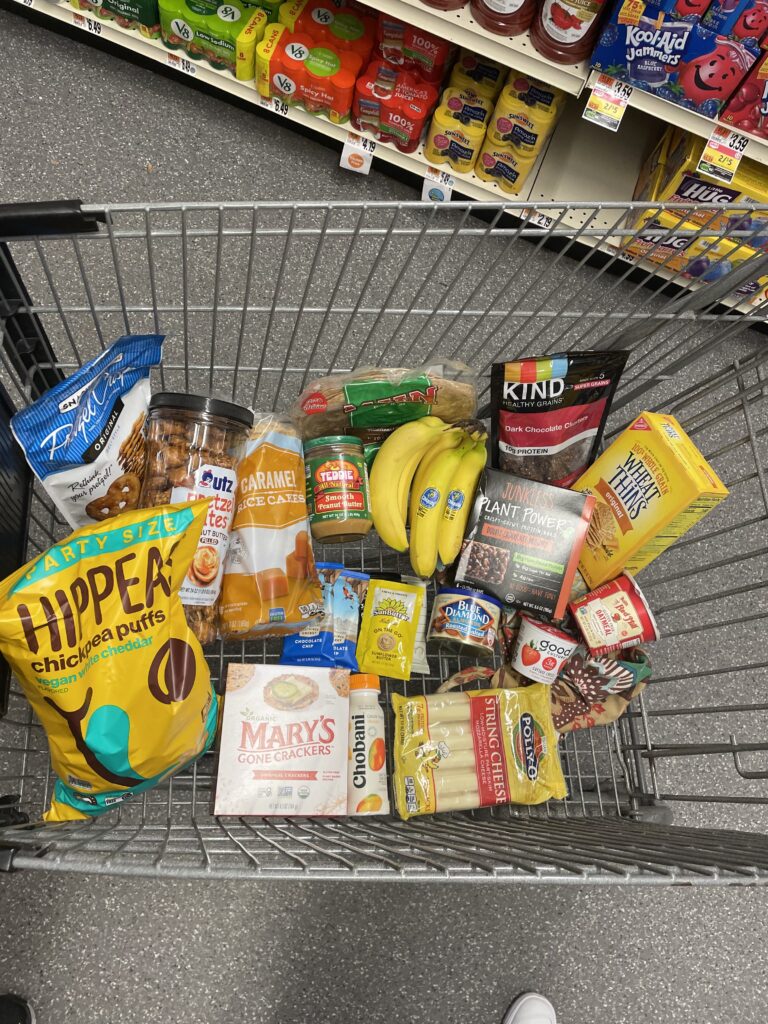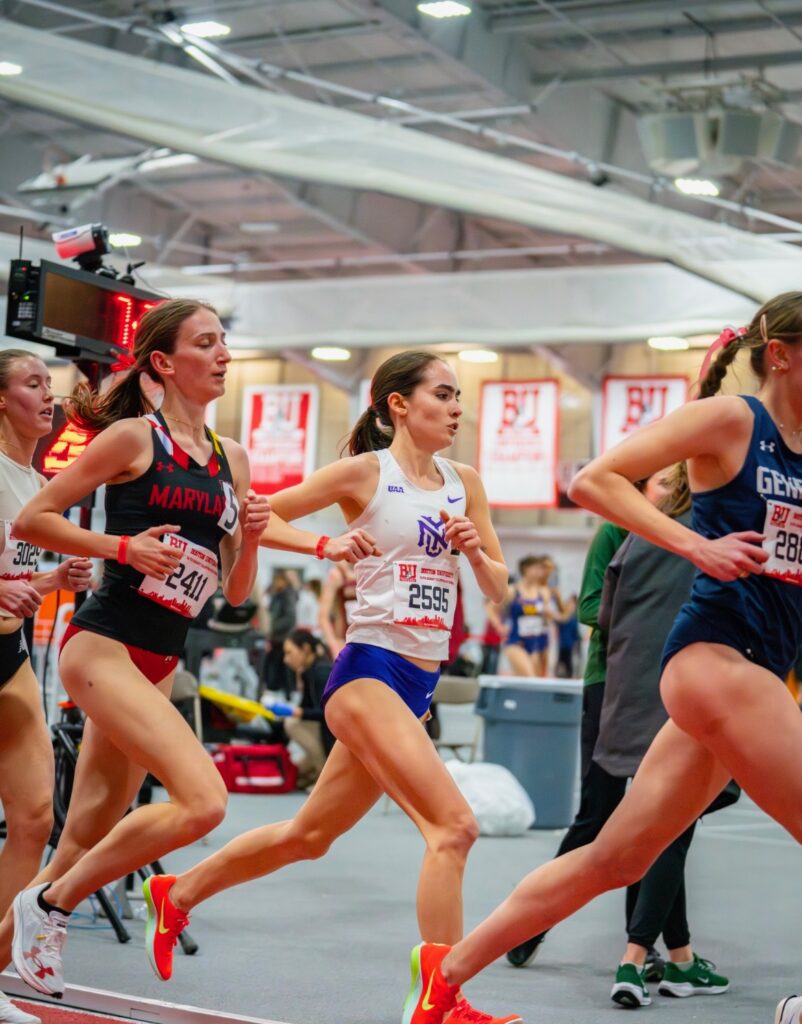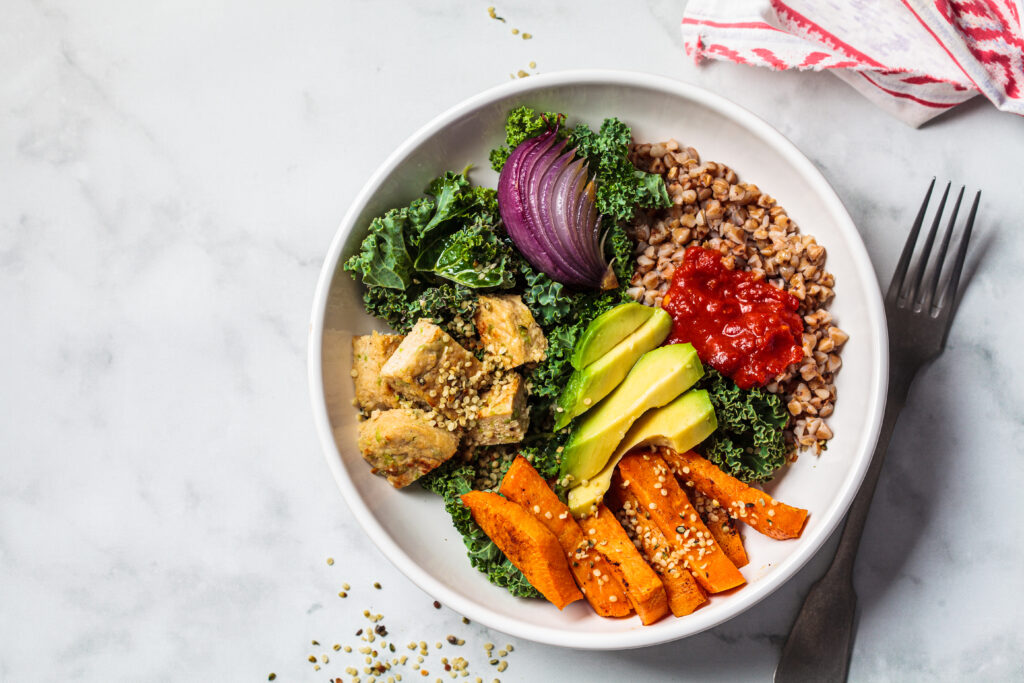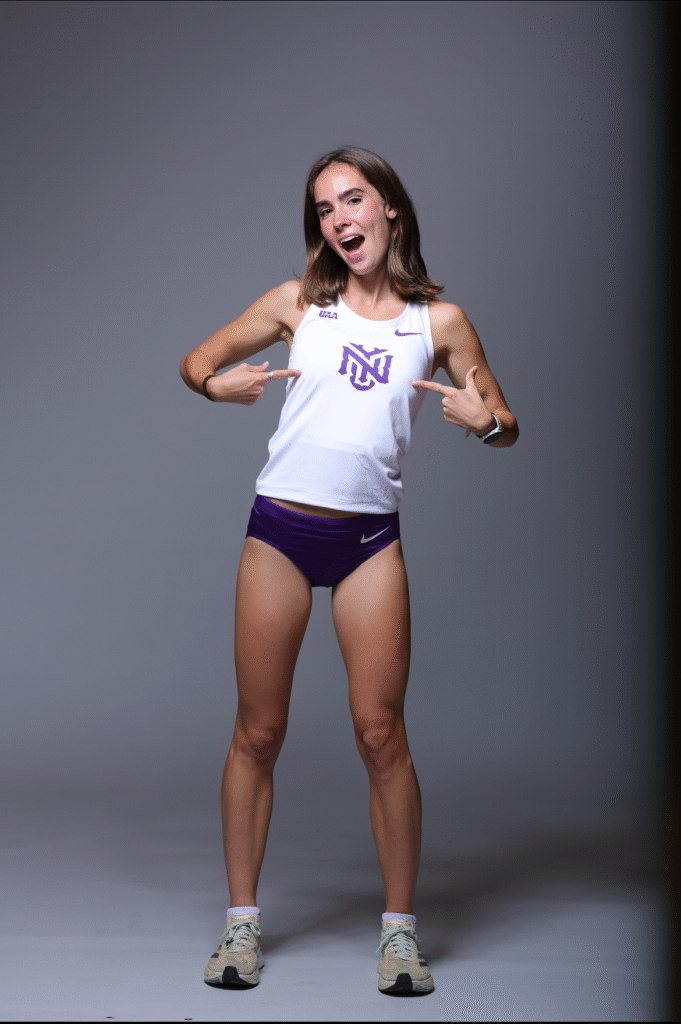Weekly Grocery List for Athletes

Feeling overwhelmed at the grocery store is completely normal, especially when you’re managing training, school, work, and recovery. This Weekly Grocery List for Athletes takes the guesswork out of shopping so you can get in and out with purpose. Fill your kitchen with foods that boost energy, enhance performance, support recovery, and keep you healthy throughout the season.
How Alcohol Affects Training, Recovery, and Performance: What the Research Shows

This blog is about providing athletes with research-backed information so they can make informed, self-aware decisions about how much they drink and alcohol’s impact on overall health and performance. This isn’t a judgment about alcohol consumption or abstinence. Rather, it is a means of educating athletes so that they know how alcohol impacts their body and performance.
Caffeine to improve athletic performance

Studies have shown an improvement in sports performance when caffeine is consumed before exercise (Clarke, 2018). Here are details about how caffeine works and the safe and effective dose that yields the best results.
MACRONUTRIENT TRACKING: HELPFUL OR HARMFUL

By Kate, Cochran, NCAA Division III track and field athlete.
I often get asked my opinion on “tracking macros” and whether or not I do it as an athlete. While I think tracking your macronutrients as an athlete can be a good tool to ensure you’re eating enough to improve performance, I personally do not do it.
Sample presentation for high school athletes

These slides are examples from a presentation designed for high school athletes, highlighting key topics such as a performance plate, nutrient timing and hydration. They provide a preview of the type of content that can be shared in a team or classroom setting, offering practical, age-appropriate guidance that athletes can easily apply to their training, competition, and daily routines.
Fuel up: Power-Packed Meal Ideas for Athletes

My favorite meals for athletes! Refuel your energy with this list below.
How to know when your fueling plan is working

Written by Kate Cochran, Nutrition Intern
Fueling properly for your sport can feel both straightforward and surprisingly complex. For endurance runners, a solid baseline is three balanced meals focused on carbs for energy, protein for recovery, and fats for satiety, with snacks in between.
Gut Training Essentials for Athletes

By Amy Stephens and Kate Cochran, Nutrition Intern
Many endurance athletes avoid fueling during long runs or rides because it feels uncomfortable or causes gastrointestinal (GI) issues. But often, that discomfort isn’t due to fueling itself—it’s because the gut hasn’t been properly trained. Being able to ingest carbohydrates during an endurance event will improve performance. It will enable you to exercise at a higher intensity for longer without running out of energy.
How to Fuel Your Best Workout

By Sonia Parashac, Intern
In this post, Sonia shares how she balances a busy college schedule while staying committed to daily movement—whether it’s a long run, a quick strength session, or a walk. She highlights the importance of fueling properly before, during, and after exercise to support energy, performance, and recovery.
Easy Nutritious College Athlete Meal Ideas

In college, when focusing on countless things such as school work and athletics, it can be difficult to find nutritious balanced meals on campus and time consuming to take all that effort to cook something complicated.